Table of content
- Germination and Seedling Stage
- Vegetative Growth Stage
- Root Development Stage
- Maturity and Harvest
- Root Size and Shape
- Color
- Top Growth
- Root Firmness
- Skin Condition
- Moisture Content
- Color Vibrancy
- Odor
- Feel
- Storage Conditions
- Farmers’ Markets
- Grocery Stores
- Supermarket Bulk Bins
- Pre-Packed Bags
- Refrigeration
- Freezing
- Root Cellars
- Drying
Introduction
Carrots, with their vibrant orange hue and sweet, earthy flavor, are a staple in many kitchens worldwide. They are versatile, nutritious, and can be enjoyed in a multitude of dishes, from salads and soups to stir-fries and desserts. However, not all carrots are created equal. Some are crisp and juicy, while others can be fibrous and tasteless. Identifying the maturity and freshness of carrots is crucial for ensuring that you get the best quality produce for your meals. This guide will provide you with comprehensive insights into how to select the perfect carrots, whether you’re shopping at a farmers’ market, grocery store, or picking them fresh from your garden.
Understanding Carrot Growth and Maturity
Before diving into the specifics of identifying fresh and mature carrots, it’s essential to understand their growth cycle. Carrots are biennial plants, meaning they complete their life cycle in two years. However, most carrots are harvested as annuals, meaning they are grown, harvested, and consumed within one growing season.
Germination and Seedling Stage
The growth of a carrot begins with the planting of seeds. After sowing, the seeds germinate and emerge as tiny seedlings within 7 to 14 days, depending on soil temperature and moisture levels. Optimal soil temperatures for germination range between 60°F to 85°F (16°C to 29°C). During this stage, the seedlings are delicate and require consistent moisture and protection from weeds and pests.
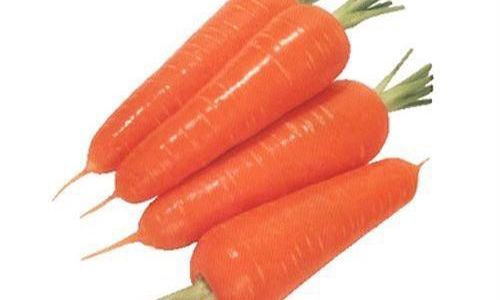
Vegetative Growth Stage
As the seedlings grow, they develop leaves and a taproot, which will eventually become the carrot we eat. The vegetative growth stage lasts for about 6 to 8 weeks. During this time, the plant focuses on developing its foliage and establishing a strong root system. Adequate water and nutrient supply are crucial for healthy growth.
Root Development Stage
Once the plant has established a strong root system, it enters the root development stage. This is the period where the carrot root thickens and accumulates sugars, giving it its characteristic sweetness and flavor. The length of this stage depends on the carrot variety and environmental conditions. Some varieties mature in as little as 70 days, while others may take up to 120 days.
Maturity and Harvest
Carrots are considered mature when their roots have reached their full size and color. The exact timing of harvest can vary widely, as some gardeners prefer to harvest carrots earlier for a crisper texture, while others wait for a fuller flavor. Generally, carrots are ready to harvest when the tops of the plants begin to yellow or wither. However, it’s important to note that carrots can continue to grow in the soil after the tops die back, so timing is crucial to avoid over-maturation.
Visual Indicators of Maturity
Now that you understand the carrot’s growth cycle, let’s explore the visual indicators that can help you identify mature carrots.
Root Size and Shape
One of the most obvious signs of maturity is the size and shape of the carrot root. Mature carrots are typically longer and thicker than their immature counterparts. The shape can also vary depending on the variety, but most mature carrots have a uniform, cylindrical shape. Avoid carrots that are twisted, misshapen, or have knots and bumps, as these can indicate stress during growth or genetic abnormalities.
Color
Color is another critical factor in determining carrot maturity. Mature carrots have a vibrant, consistent orange hue. If the carrot has patches of white, green, or discoloration, it may be underripe, overripe, or damaged. Note that some carrot varieties, such as purple or yellow carrots, have different color indicators of maturity.
Top Growth
The tops of the carrot plants can also provide clues about the maturity of the roots. As mentioned earlier, mature carrots often have yellowing or withering tops. However, it’s important to note that this is not a foolproof method, as environmental factors like drought or nutrient deficiencies can cause premature yellowing.
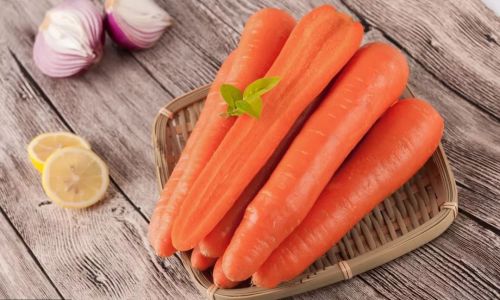
Root Firmness
The firmness of the carrot root is another indicator of maturity. Mature carrots should feel firm and solid when squeezed gently. If the carrot feels soft or hollow, it may be overripe or damaged. Conversely, very small, thin carrots that are overly crisp may be underripe.
Identifying Fresh Carrots
Identifying fresh carrots involves a combination of visual inspection, tactile assessment, and sometimes, even olfactory evaluation. Here are some key factors to consider:
Skin Condition
The skin of the carrot is your first line of defense in assessing freshness. Fresh carrots have smooth, shiny skin with no cracks, soft spots, or mold. If the skin is dull, wrinkled, or has spots, it may indicate that the carrot has been stored for too long or handled roughly.
Moisture Content
Fresh carrots should have a high moisture content, making them crisp and juicy. You can test this by gently snapping off the top of the carrot. If it breaks cleanly with a snap, it’s likely fresh. If it bends or crushes, it may be dry or overripe.
Color Vibrancy
As mentioned earlier, the color of the carrot can provide insights into its freshness. Fresh carrots have a bright, consistent orange color. If the color is faded or patchy, it may indicate that the carrot has been exposed to too much light, oxygen, or has been stored for too long.
Odor
While carrots don’t have a strong odor, fresh ones should have a faint, earthy scent. If the carrot smells musty, moldy, or has no scent at all, it may not be fresh.
Feel
The feel of the carrot can also give you clues about its freshness. Fresh carrots should feel firm and heavy for their size. Lightweight carrots may be dry or hollow, indicating that they have lost moisture.
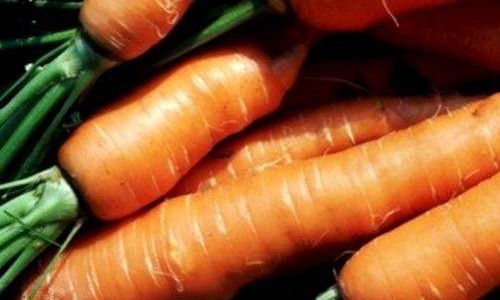
Storage Conditions
When buying carrots, pay attention to the storage conditions. Carrots stored in cool, dark, and humid conditions are likely to stay fresher longer than those exposed to light, heat, or dry air. If possible, choose carrots that are sold in refrigerated displays or in sealed, moisture-retaining packaging.
Selecting Carrots at the Store
Now that you know what to look for, let’s discuss how to apply these principles when shopping for carrots at the store.
Farmers’ Markets
Farmers’ markets are a great place to find fresh, locally-grown carrots. When selecting carrots at a farmers’ market, ask the vendor about the variety, harvest date, and storage conditions. Look for carrots that are firm, vibrant, and have fresh, green tops. If possible, choose carrots that were harvested within the last few days to ensure maximum freshness.
Grocery Stores
Grocery stores often have a wider selection of carrot varieties, but it’s important to be discerning. Look for carrots that are stored in refrigerated sections or in sealed packages to maintain freshness. Avoid carrots that are piled high in open bins, as they may have been exposed to too much light and air.
Supermarket Bulk Bins
If you’re buying carrots from a bulk bin, inspect them carefully before making your selection. Use the visual, tactile, and olfactory cues discussed earlier to identify the freshest carrots. Avoid carrots that are bruised, moldy, or have soft spots.
Pre-Packed Bags
Pre-packed bags of carrots can be convenient, but it’s important to check the packaging for freshness indicators. Look for bags that are sealed tightly and have no signs of leakage or condensation. Check the “best before” date, but remember that this is only a guide and doesn’t necessarily reflect the true freshness of the carrots. Open the bag and inspect the carrots for firmness, color, and moisture content before purchasing.
Storing Carrots to Maintain Freshness
Once you’ve selected the freshest carrots, proper storage is crucial for maintaining their quality. Here are some tips for storing carrots:
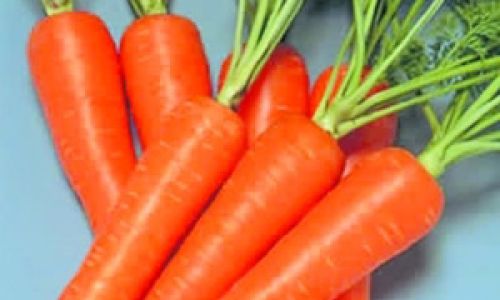
Refrigeration
The best way to store carrots is in the refrigerator. Place them in a crisper drawer or a sealed container with a damp paper towel to maintain humidity. Carrots stored in the refrigerator can last for several weeks.
Freezing
If you have a large harvest or want to preserve carrots for longer, you can freeze them. Blanch the carrots in boiling water for 2 to 3 minutes, then cool them in ice water. Pat them dry and place them in freezer bags or containers. Frozen carrots can last for up to a year.
Root Cellars
If you have access to a root cellar or a cool, dark basement, you can store carrots there. Place them in a container with moist sand or sawdust to maintain humidity and keep them at a consistent temperature of around 32°F to 40°F (0°C to 4°C). Carrots stored in a root cellar can last for several months.
Drying
Dried carrots can be a convenient way to preserve them for long-term use. Slice the carrots thinly and dry them in a food dehydrator or in a low-temperature oven. Store dried carrots in an airtight container in a cool, dark place.
Conclusion
Identifying the maturity and freshness of carrots is a crucial step in ensuring that you get the best
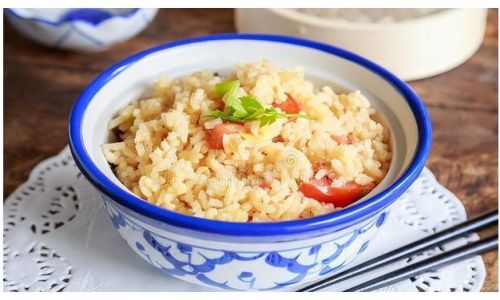
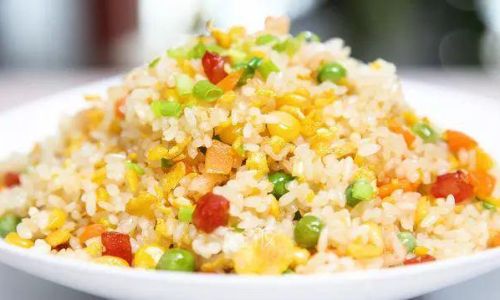



0 comments